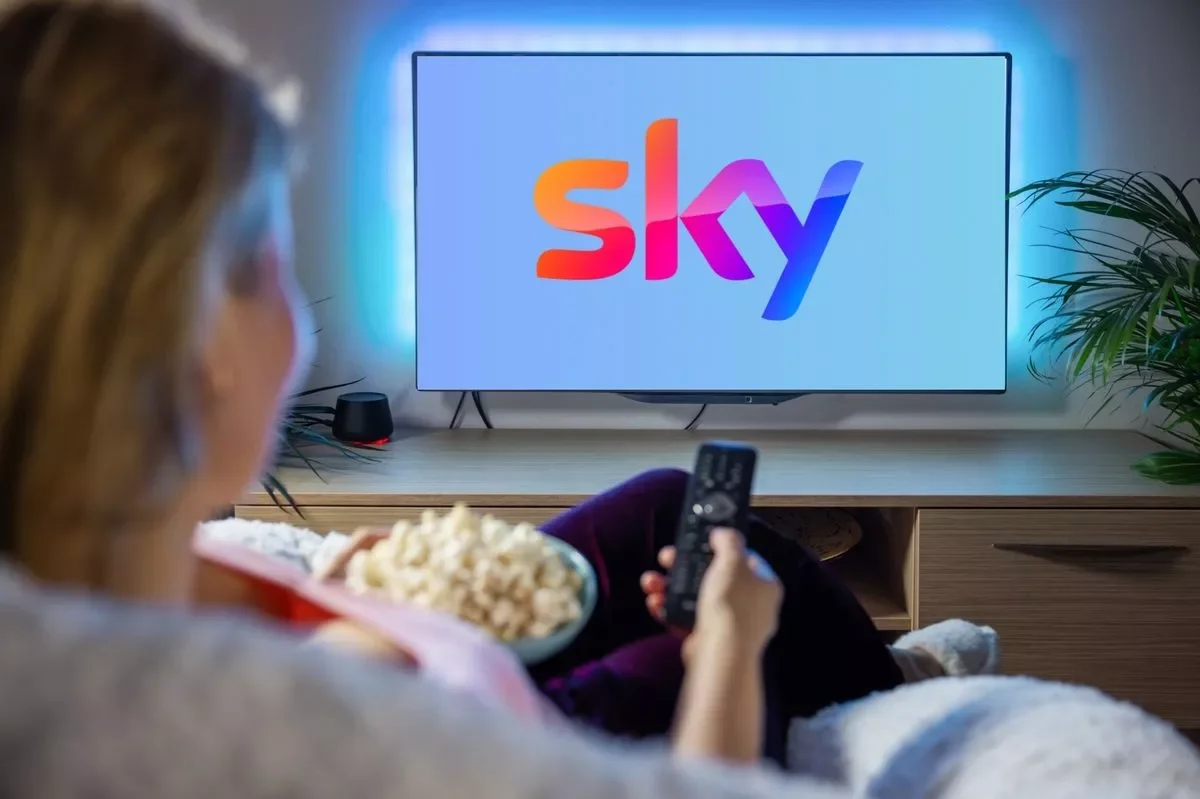Here's everything Marketers should know about Behavioural Science.
Marketing Behavioral Science
Key Takeaways
Human behaviour drives decisions – beyond price and quality, habits, biases, and emotions explain why consumers act the way they do.
Behavioural principles offer practical tools – immediacy, scarcity, reciprocity, authority, social proof and framing help marketers design campaigns that align with natural decision-making.
Emotion and psychology multiply impact – campaigns that connect with both rational shortcuts and emotional resonance deliver stronger influence and longer-term brand trust.
Introduction: Why Behavioural Science Matters
At its core, marketing is about understanding people — what they do, what they feel, and why they make the decisions they make. Every successful campaign is underpinned by an understanding of human behaviour. Behavioural science gives us the framework and evidence to decode consumer actions and apply them in practical, results-driven ways.
When a consumer chooses one product over another, dozens of conscious and unconscious factors are at play. Price, convenience and quality matter, but so do habits, emotions, biases, and context. By understanding the science of decision-making, marketers can design campaigns that not only capture attention but guide consumers smoothly towards action.
Below are the key behavioural science principles every marketer should know — and how to apply them in real campaigns.
1. Immediacy: The Need for Instant Gratification
Humans are wired to want things now. When a consumer discovers a product they like, they can quickly envision how it will fit into their lives. But if they are told delivery will take weeks, enthusiasm often fades.
In behavioural terms, this is known as present bias — we overvalue immediate rewards compared to future ones.
How marketers can apply this:
Offer same-day or next-day delivery options.
Highlight speed in ad copy: “Delivered tomorrow”, “Get it instantly”.
Use one-click checkout to remove friction.
Consider instant digital incentives (downloadables, discount codes) even if the core product takes longer.
The quicker the consumer can access their purchase, the stronger the conversion rates.
2. Scarcity: The Power of Limited Supply
Scarcity is one of the most reliable triggers in marketing. A product in limited supply feels more valuable. We instinctively want what we believe we might lose.
This is tied to loss aversion, the behavioural principle that people fear losses more than they value equivalent gains.
Applications:
Highlight stock levels: “Only 5 left”.
Run time-bound promotions: “Offer ends midnight”.
Release exclusive or limited-edition products.
Scarcity should always be genuine. If overused or fabricated, consumers will lose trust. But when applied ethically, it creates urgency that drives action.
3. Reciprocity: The Effect of Free Gifts
Giving creates obligation. When consumers receive something — even something small — they are more likely to reciprocate. This is the reciprocity principle in action.
Brands often use this in the form of free samples, gifts with purchase, or exclusive extras.
Examples
A cosmetics brand offering a free travel-size product with every order.
A subscription service adding a surprise extra month.
Co-branded gifts that extend awareness.
The gift doesn’t need to be high value; it needs to feel thoughtful and aligned with the consumer’s interests.
4. Simplicity: Reducing Cognitive Load
Too much choice and too much information overwhelm the human brain. This is called choice overload. When faced with complex decisions, many consumers simply defer or abandon the purchase.
Research shows that shorter, simpler product descriptions increase conversion. Consumers want clarity, not encyclopaedia-length specifications.
Practical ways to apply simplicity:
Reduce website clutter and streamline the journey.
Use plain, direct language in product descriptions.
Break down features into bullet points.
Limit choices when possible — “three subscription plans” instead of twelve.
Simplicity reduces cognitive load, making it easier for consumers to act.
5. Authority: The Influence of Expertise
People trust authority figures and recognised experts. When a product carries a stamp of approval, it reassures consumers that it is safe, reliable and worth purchasing.
This is the authority principle, first identified in social psychology experiments showing how people defer to perceived experts.
How marketers can harness authority:
Highlight endorsements from industry experts.
Showcase media coverage.
Partner with influencers who are credible within their niche.
Use certifications or awards as proof points.
When consumers see authority backing, hesitation decreases and confidence increases.
6. Social Proof: The Role of Reviews and Word of Mouth
While authority matters, consumers also trust people like themselves. Social proof — seeing that others have used and enjoyed a product — is one of the strongest drivers of purchase.
In practice, reviews, testimonials and user-generated content build credibility far faster than brand-led claims.
Ways to leverage social proof:
Display star ratings and reviews prominently.
Feature testimonials in advertising.
Use “X people bought this today” messaging.
Encourage and showcase user-generated content on social platforms.
In an age of scepticism towards advertising, peer validation has never been more important.
7. Anchoring: Setting the Frame
Humans rarely evaluate prices in isolation. Instead, they compare them to the first reference point they see — the anchor.
For example, if a consumer sees a handbag priced at £900 before seeing one at £300, the second seems like a bargain. If they had only seen the £300 bag, they might have judged it expensive.
Applications:
Display original prices alongside discounts (“Was £120, now £80”).
Use premium options to frame mid-tier products as better value.
Present “good, better, best” pricing tiers to guide decision-making.
Anchoring shapes perceptions of value.
8. Framing: How You Present Choices
Framing describes how the same information can produce different reactions depending on how it is presented.
For instance, “90% fat-free” is more appealing than “contains 10% fat”. Both are true, but the positive frame is more persuasive.
Marketer applications:
Emphasise benefits, not just absence of negatives.
Frame choices as opportunities, not risks.
Test multiple framings in ad copy to see which resonates.
The way information is presented often matters more than the information itself.
9. The Endowment Effect: Valuing What We Own
People place higher value on things once they feel ownership. This is the endowment effect.
Even temporary or partial ownership can trigger it. That’s why free trials and “try before you buy” strategies work so well.
Examples:
Subscription boxes with free first month.
Clothing brands offering home try-on.
Car companies providing weekend test drives.
When consumers feel a product already belongs to them, they are reluctant to give it up.
10. Emotional Resonance: Beyond Rational Decisions
While behavioural science often highlights biases and shortcuts, it also reminds us that emotions drive decisions as much as logic.
People don’t just buy products; they buy the feelings associated with them — joy, security, belonging, status.
The most successful campaigns connect with these deeper motivations. Think of the Christmas adverts that make people cry, or the sports campaigns that inspire.
Practical application:
Use storytelling in advertising.
Connect products to real-life moments of happiness or pride.
Build brand personality that evokes consistent emotions.
When a brand speaks to the heart as well as the head, its impact multiplies.
Bringing It All Together
Behavioural science isn’t about manipulating consumers. It’s about recognising the shortcuts, biases and motivations that are already part of human decision-making — and designing campaigns that align with them.
Marketers who understand principles like immediacy, scarcity, reciprocity, simplicity, authority and social proof have powerful tools at their disposal. Add to that anchoring, framing, ownership and emotional resonance, and you have the blueprint for campaigns that truly influence.
Final Word
The digital landscape continues to evolve, but human psychology remains relatively constant. Consumers still crave convenience, trust, recognition and connection. Behavioural science gives us the language to understand these needs and the strategies to respond effectively.
For marketers, the opportunity is clear: campaigns informed by behavioural insights will always outperform those that ignore them.
So the question is — which of these principles will you use to shape your next campaign?
To learn more about Behavioral Science, get in contact today.












